Ahmad's Story
Note: For the best experience please browse the site using Chrome.
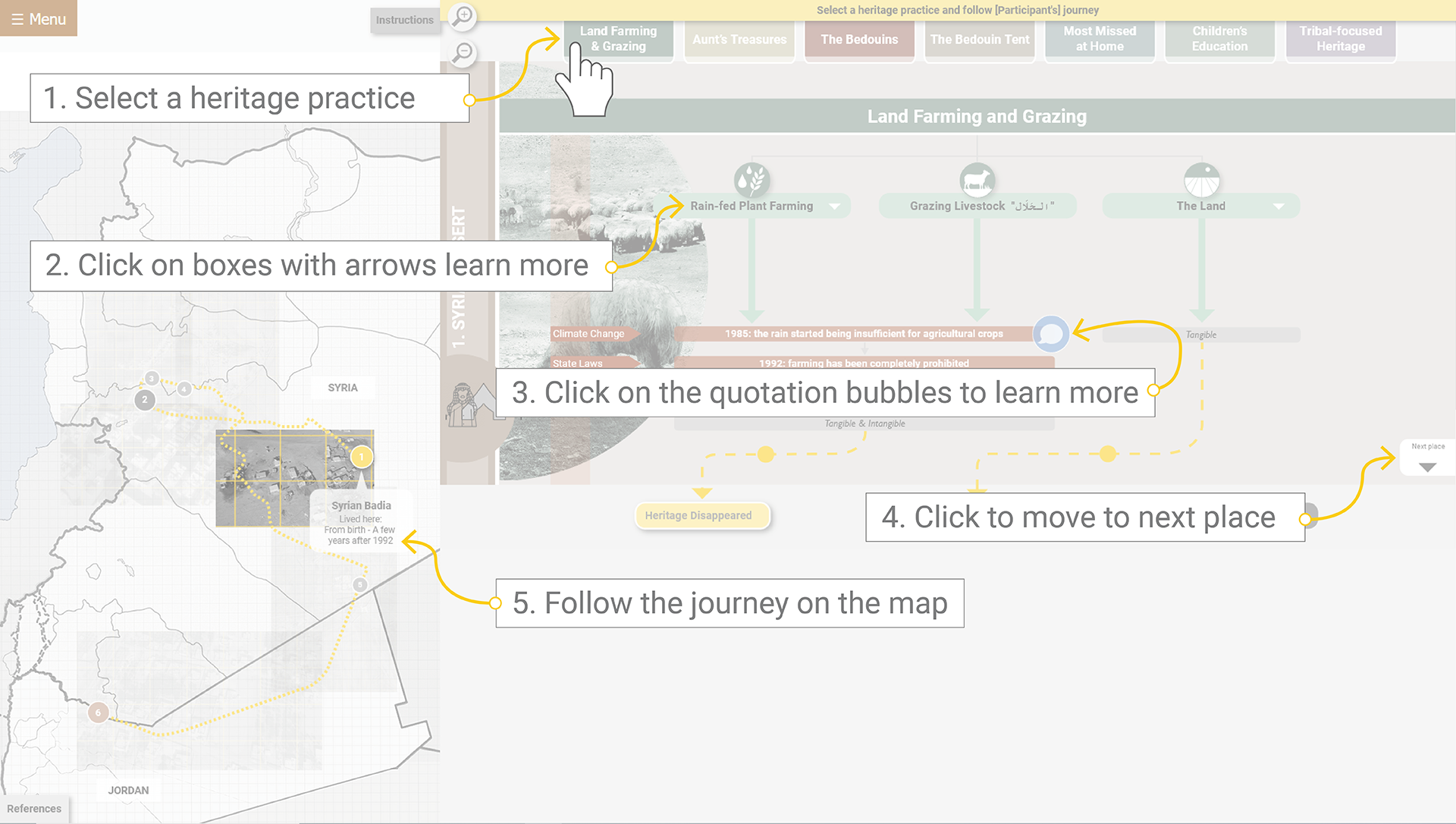
Note: For the best experience please browse the site using Chrome.

Images in the background of the diagram adapted from:
1A - [Countryside Homs]. n.d. [image online] Available at: ❮https://souriat.com/2015/10/12273.html❯ [Accessed 1 April 2022].
Detail 1: 1970-1980 scarcity of services in the country side. (Migration reasons)
[Homs], n.d. [image online] Available at: ❮https://www.syria.tv❯ [Accessed 1 April 2022].
Detail 8: Natural-related heritage Homos al-adyaa
حمص العدية. n.d. [image online] Available at: ❮https://orient-news.net/ar/news_show/830❯ [Accessed 1 April 2022].
Images in the background of the diagram adapted from:
TBC
Detail 5: Climate adaptations (Kochia scoparia)
Sadiq, M., 2021. [Kochia plant]. [image online] Available at: ❮https://almerja.com/azaat/indexv.php?id=17499❯ [Accessed 1 April 2022].
Detail 2: Tradition of daily life (Gardening)
People In Need, 2021. Fatima picking lettuce in her home garden in northern Syria. [image online] Available at: ❮https://www.peopleinneed.net/fighting-food-insecurity-syria-women-gardens-7533gp❯ [Accessed 1 April 2022].
Images in the background of the diagram adapted from:
3A - [Jars of food]. n.d. [image online] Available at: ❮https://www.eqtsad.net/news/article/31056/❯ [Accessed 1 April 2022].
3B - [The Sword of Zulfikar]. n.d. [image online] Available at: ❮https://ayyamsyria.net❯ [Accessed 1 April 2022].
Detail 7: Community tradition (food supply المونة)
[Jars of food]. n.d. [image online] Available at: ❮https://watan.fm/other-news/130244❯ [Accessed 1 April 2022].
Detail 9: Social event (Dabkeh)
[Chants / Arada chants]. n.d. [image online] Available at:❮https://ayyamsyria.net❯ [Accessed 1 April 2022].
Images in the background of the diagram adapted from:
4A - [A view of the Khaled Ibn Al-Waleed Mosque in Homs with the surrounding area]. n.d. [image online] Available at: ❮http://zehrawi.com/?module=m_articles&id=807❯ [Accessed 1 April 2022].
No images
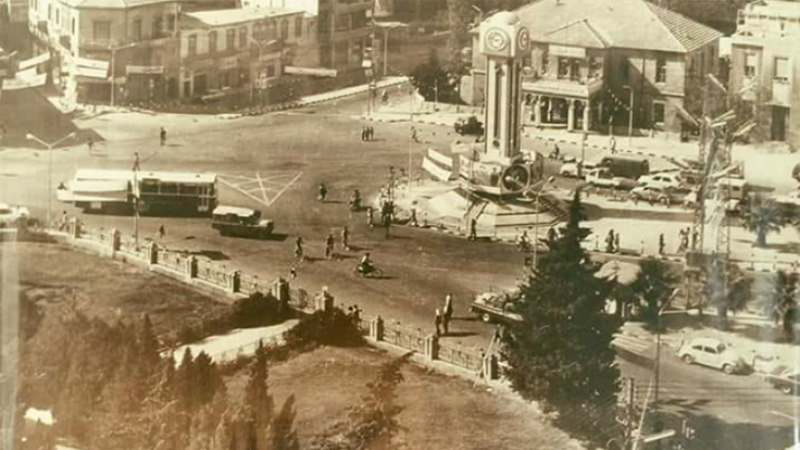
Image reference: See reference list Detail 1
In the 70's and the 80's, there was a shortage in the services like electricity, water, and transportation which was either very poor or did not exist in far away villages. They tried to find better jobs and a better source of income in the city. Generally, we can say that in the 80's and the 70's the countryside was marginalized, I mean deprived of services.
Extract from interview with participant
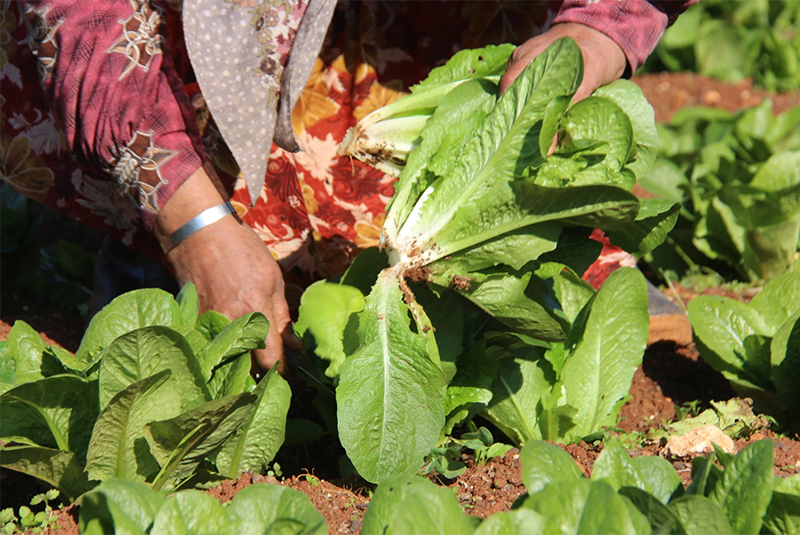
Image reference: See reference list Detail 2
Syrian are used to the natural nuttiness, I mean that comes directly from the land like tomato, cucumber, and parsley. You know those that come from your own garden, now we don't have our garden so we bring everything from the vegetables market.
Extract from interview with participant
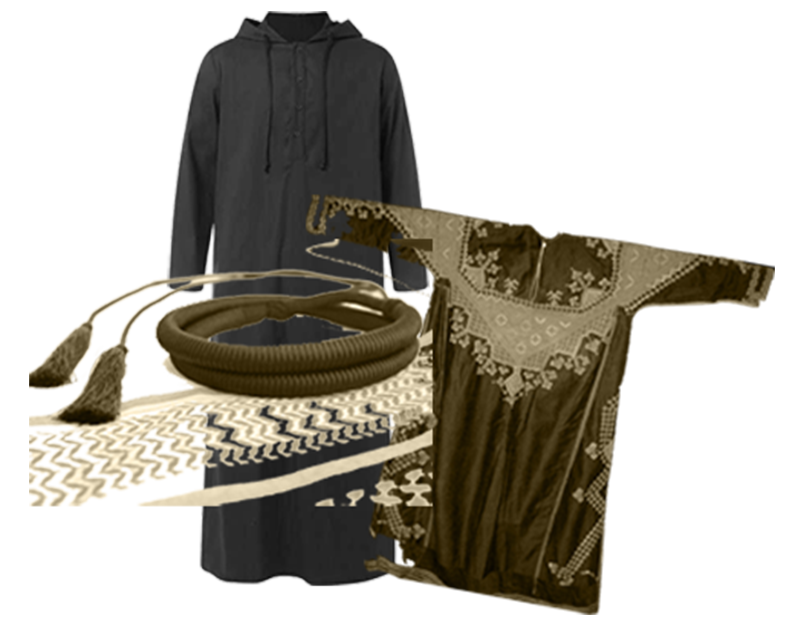
From the customs side, the costume of the villagers differs from Hmasneh. The villagers wear Shemagh, Iqal and long dresses but Hamasneh don't. Hamasnseh women wear the long Jelbab, we call it "Malto '', but village women wear the traditional Thob (dress) which they brought from their rural towns. They also relatively differ by the rituals of their weddings, sacrifices, and funerals.
Extract from interview with participant
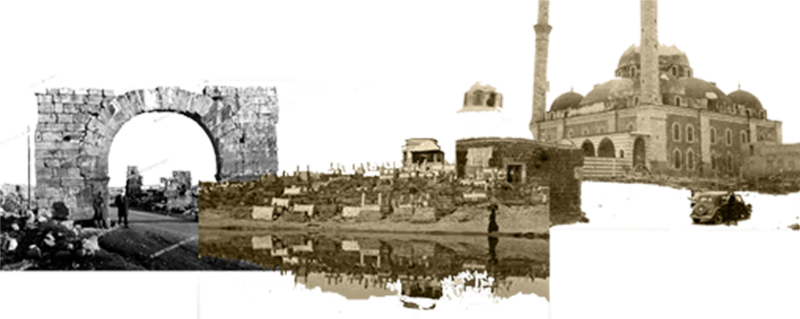
Yes, I always remind my children of Syrian and how our life used to be. I tell them about my life in the countryside and in the city, and the Khalid Ibn Al-Waleed mosque and it's large yard which contains lots of trees and how Syrian used to take the yard as place for their picnics, you call it
Tasha
. I tell them about the mosque cannon that was used to shoot at the moment of Iftar in Ramadan to inform people that it's time to break their fasting. It dates back to the early 70's but still works very well.
Extract from interview with participant
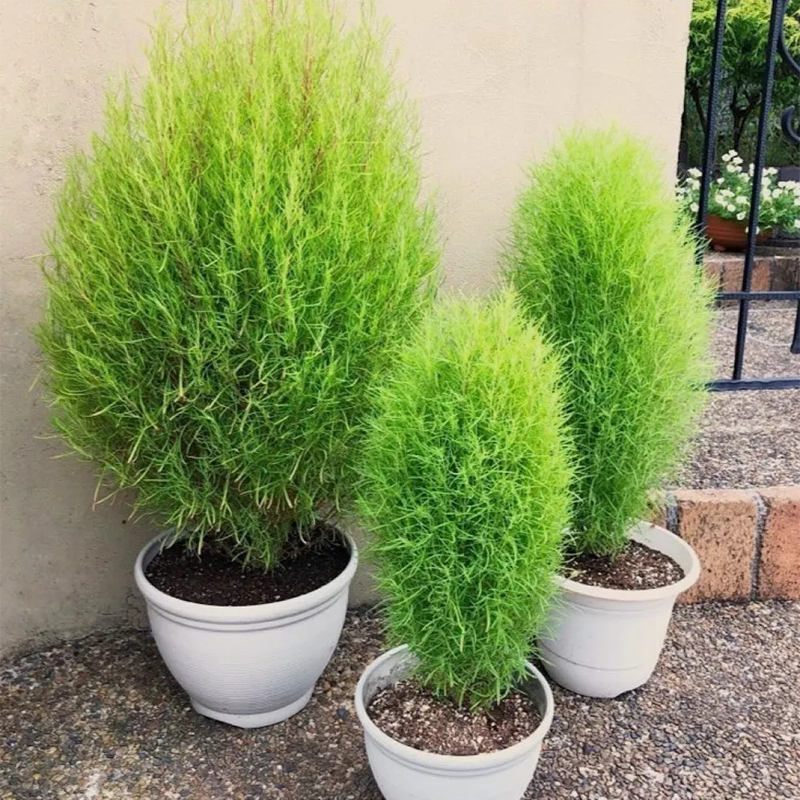
Image reference: See reference list Detail 5
As I told you, it is just a small area where we planted some flowers and basil, something that gives a good smell and scenery. We are also planting a plant that's called
Paradise broom
, it's seasonal but it gives a great scenery especially when it grows bigger. Ask an Syrian about Paradise broom and he will tell you, you can find it in any Syrian house, we are trying to scam the environment to make it look like a Homos environment. Zaatari weather is also very dusty, which we call as Al-Ajj
Extract from interview with participant
Well I am living in a house, but I have some relatives who are living in tents or what is called "Maraash" which is steadier than tents. They tell more about how they suffer from the dust, they usually change the direction of the tents or the location of the openings, but still they suffer from dust and high temperature.
Extract from interview with participant
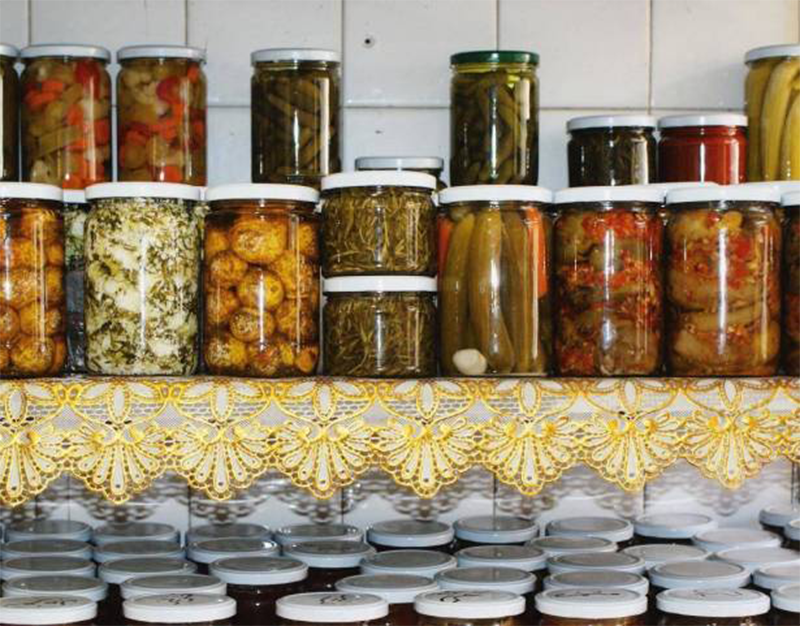
Image reference: See reference list Detail 7
Everything should be homemade like Maqdous, Labneh, cheese, ghee, Quraish and everything is handmade, it's more like a Mouneh. we pretty much eat what we store as Moneh, but we don't eats restaurant and can food.
Extract from interview with participant
Homos al-adyaa
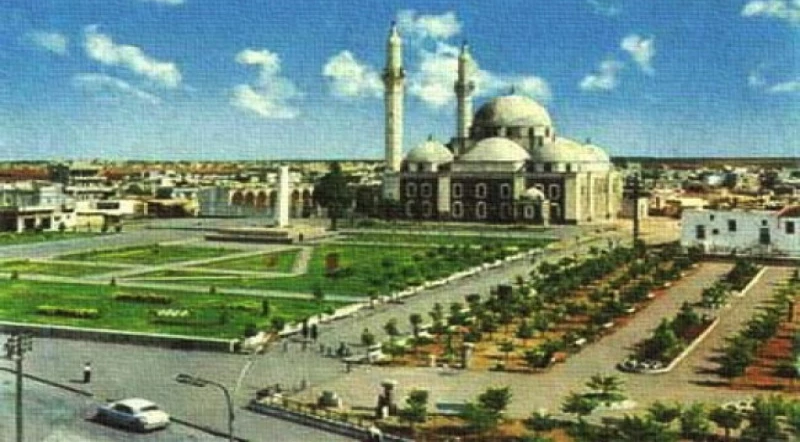
Image reference: See reference list Detail 8
Let me tell you don't about homos, we call homos as
Homos al-adyaa
which means that it's air is very refreshing and the climate is neutral during summer and winter. It's consisted like a middle city with an opening to the sea; meaning that humidity's arrive late unlike coastal cities like Latakia and Tartous where humidity is high, homos is located next to these coastal city where humidity is very low and the weather is great
Extract from interview with participant
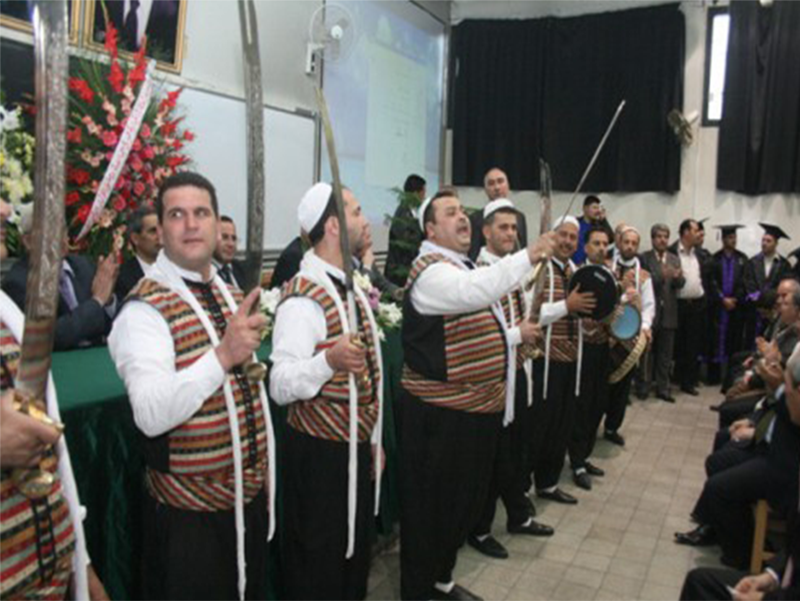
Image reference: See reference list Detail 9
Generally, you can see that there is a change, even the Dabakeh rituals are changed now, even Zaffeh is much simpler now.
Extract from interview with participant